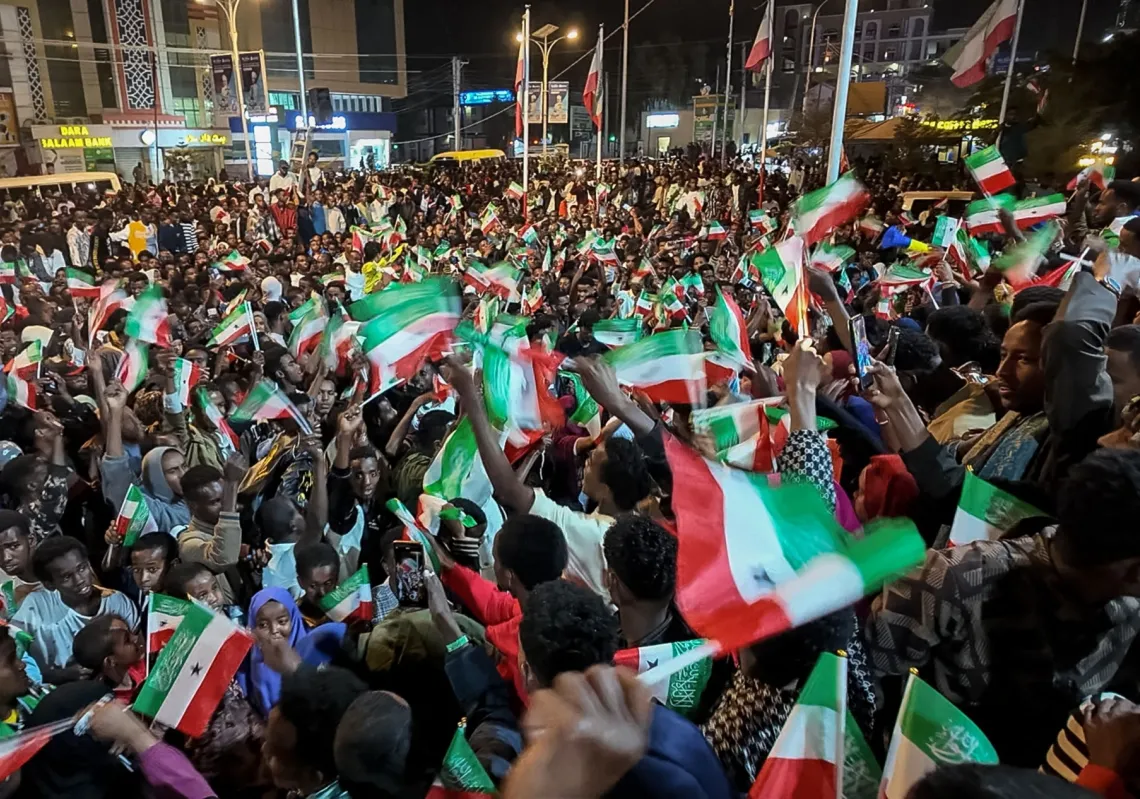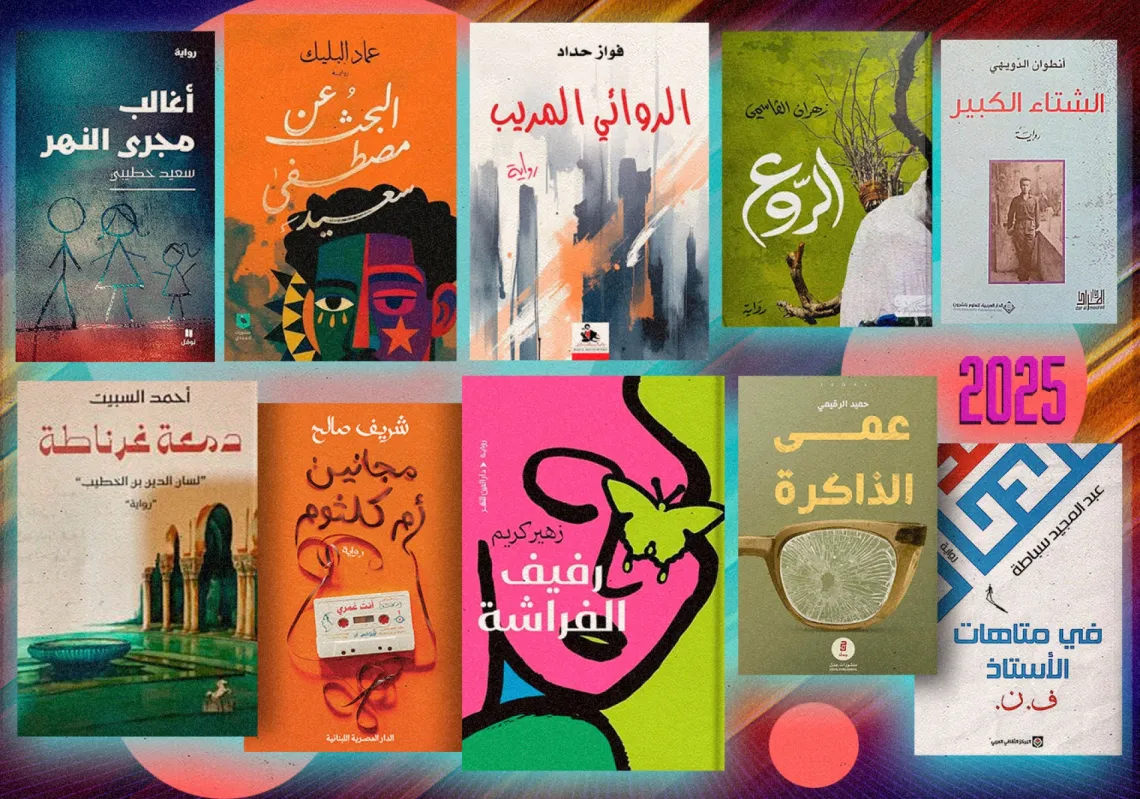 A Yemeni woman hold a picture of a child bride during a rally near the parliament in Sanaa on March 23, 2010 to show support to a proposed legislation banning the marriage of girls under 17. (MOHAMMED HUWAIS/AFP/Getty Images)[/caption]Earlier this month, the world's media caught wind of the alleged death of Rawan—an eight-year old Yemeni schoolgirl from the northern province of Hajja—who succumbed to internal injuries on her wedding night, another victim of child marriage.
A Yemeni woman hold a picture of a child bride during a rally near the parliament in Sanaa on March 23, 2010 to show support to a proposed legislation banning the marriage of girls under 17. (MOHAMMED HUWAIS/AFP/Getty Images)[/caption]Earlier this month, the world's media caught wind of the alleged death of Rawan—an eight-year old Yemeni schoolgirl from the northern province of Hajja—who succumbed to internal injuries on her wedding night, another victim of child marriage.
Mohammad Radman, a local journalist and online publisher, was the first to break the story to the local press. Needless to say that his local report made several international headlines, having incensed activists all over the world and pushed politicians to call for a change in legislation.
Within hours of the news hitting the internet, outraged netizens took their frustration and anger to social websites—Twitter, Facebook, personal blogs—determined to generate enough noise around Rawan's death to force the authorities to act. A Kuwaiti blogger branded the groom "an animal who deserved to be punished severely for his crime." He added indignantly "All those who supported such a crime should also be punished." A Twitter user going by the name Bu Omar also wrote, "Rawan’s family members are not humans. They do not deserve to have children."
As the media machine was set in motion, very few took the time to look beyond Rawan's alleged tragedy to question the authenticity and credibility of the report. While one cannot envision a worse fate than that of an innocent child being forced into a loveless, and by all accounts abusive, marriage, left to bleed out as her prepubescent body could not sustain the trauma it endured at the hands of a man three times her age, no crime should be judged solely on hearsay.
Just as the media were too quick to report on Nada Al-Ahdal's false child marriage allegations earlier this July, several officials have already debunked Radman's claims. Ali Al-Khaisi, the governor of the province of Hajja, immediately reacted to the news, angered at seeing the name of his province dragged in the mud for such a despicable crime, testified that Rawan was, contrary to various statements, very much alive and very much unmarried.
He confirmed at a press conference that Mosleh Al-Azzani—the director of Criminal Investigation in Harradh district where the marriage allegedly took place—had personally met with Rawan and her father and attested to her well-being. Azzani told Gulf News “When I heard the rumors, I called the girl’s father. He came with his daughter and denied the marriage and his daughter's death. I have the photos of the girl and will show it to anyone.”
Khaisi deplored irresponsible journalism, noting that false reports only damaged activists and politicians work in finding a solution to Yemen's very real problems with child marriage.
Local officials in Hajja and Harradh have been angered by Radman's apparent lies, accusing the journalist of seeking to profit from sensationalism to the detriment of his country and his people. “Child marriage is a very serious issue...How can anyone trivialize such a matter and reduce it to pure monetary gain?” asked Mohammed Bogheti, a local government employee.
Ahmed Al-Qurishi, the head of the Seyaj Organization for Childhood Protection—Yemen's most prominent child rights NGO—also confirmed that the story is indeed a hoax, a lie dreamed up by unscrupulous individuals. Qurishi told reporters last week, “I got in touch with the director of Criminal Investigation, Hajja’s prosecutor and the province’s security chief who all flatly denied the story,” he said.
Seyaj is currently conducting its own independent investigation. As Qurishi notes, “Some people create these stories to get publicity, attention and aid from international organizations.”
And this is exactly where the problem lies. Having false reports of abuse splattered on the front page is actually working against child rights activists, as it is taking attention away from the real pain and suffering children endure at the hands of their tormentors. Moreover, by giving unfounded claims such weight, by allowing individuals to "cry wolf," the media could deter future victims from coming forward, as they will fear being either stigmatized by the press or not taken seriously.
Yet the problem is real. Belkis Wille—Yemen and Kuwait researcher with Human Rights Watch—estimates that 50 percent of Yemeni girls are married before the age of 18, and in some rural settings girls as young as eight are wed.
Given what is at stake, and the efforts which both the Yemen human rights ministry and activists have invested over the past two years in getting a law drafted which would set an age limit on marriage, one can easily understand why so many feel betrayed when false allegations manage to claw their way in to the media.









